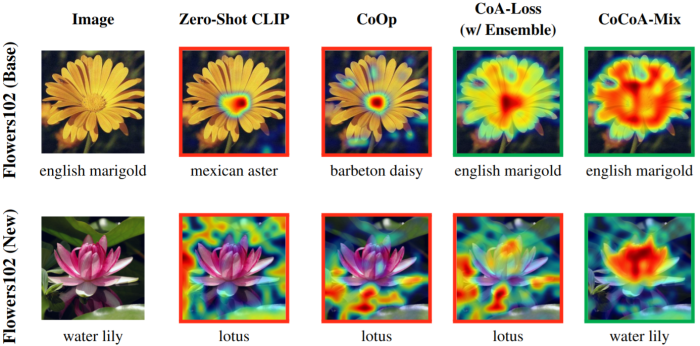ActiveGrounder: 3D Visual Grounding
with Object-Hull-Guided Active Observation
Dasol Hong1*Juhye Park1*Taeyun Kim1Jeewon Kim1Jei Kong1Wanhee Kim1Alvin Jinsung Choi1Wooju Lee1Hyun Myung1†
1Urban Robotics Lab*Equal contribution †Corresponding author

Abstract
We present ActiveGrounder, a framework that transforms 3D visual grounding from a passive recognition task into an active exploration paradigm. Unlike existing methods that rely on static maps or single-image perception, ActiveGrounder integrates maps with object-hull-guided navigation to actively acquire informative viewpoints. Through experiments, we demonstrate that ActiveGrounder achieves more accurate and reliable grounding compared with passive baselines, offering a step toward embodied agents capable of active perception and grounding in the real world.
ActiveGrounder
Motivation
- Task: 3D visual grounding interprets language queries in 3D scenes and grounds them to specific objects or regions in space.
- Problem: Existing 3D visual grounding remains passive due to its lack of integration with exploration.
- Existing 3D visual grounding methods assume static pre-built maps → unsuitable for dynamic environments.
- Existing image-based approaches operate without maps but are limited to 2D object representations and lack action generation → over-reliance on passive, single-image perception.
- Goal: Enable embodied agents to actively perceive and ground visual queries in real-world 3D environments.
- We propose ActiveGrounder, integrating active perception and 3D visual grounding to achieve robust grounding in dynamic environments.
Contribution
- We introduce ActiveGrounder, shifting grounding from a passive recognition task to an active exploration paradigm that tightly integrates grounding and action.
- We leverage a scene graph to maintain 3D object representations; the agent actively navigates around object hulls to observe them and selects optimal viewpoints for visual grounding.
- We empirically validate our framework on simulation benchmarks and real-world experiments, demonstrating robustness to perception errors, and an effective visual grounding compared with existing passive methods.
Methodology

- Scene Graph: Maintain object-level 3D scene representation.
- Environment Level: Represents the given environment; the top-level context.
- Keyframe Level: Stores the observed images and poses at specific time steps.
- Object Level: Linked to each keyframe; contains the observed objects represented as 3D bounding boxes.
- Object-Hull-Guided (OHG) Observation: When candidate objects are detected, actively adjust viewpoint for better observation.
- Convex Hull & Traversable Point: For each object, compute its convex hull and select the nearest traversable points.
- Path Point Generation & Navigation: Generate path from the selected path points, and let the robot navigate there for observation.
- Viewpoint Selection: Evaluate which viewpoint maximizes grounding accuracy.
- where
- : Viewpoint set
- : Entire object set
- : Object set from viewpoint
- : Covered object set
- : 2D bounding box of object within the image
- : Area of the given bounding boxes
- : Weights for coverage and area
- A greedy selection strategy iteratively picks viewpoints with the highest score, balancing coverage (new objects) and area (visibility) to ensure complementary observations.
- where
Comparative Study
| Success Rate(%) ↑ | Avg. Time (s) ↓ | Timeout Cases(#/7) | |
|---|---|---|---|
| Baseline | 14.3 | 27.0 | 1 |
| ActiveGrounder (Ours) | 85.7 | 125.9 | 0 |
- Baseline: Immediately predicts once the target object is detected, leading to faster completion time but very poor accuracy.
- ActiveGrounder (Ours): Actively explores the object's surroundings before answering, resulting in much higher success rate despite longer time.
Qualitative Evaluation
Simulation Environment

Future Works
- Real-World Experiments: Validate framework performance in diverse physical environments.
- Viewpoint Selection under Occlusion: Identify the most informative keyframes for LVLM queries, considering occlusions.
- Beyond FoV Spatial Reasoning: Enhance LVLMs to capture global context beyond limited field of view.
Other Projects
powered by Academic Project Page Template

